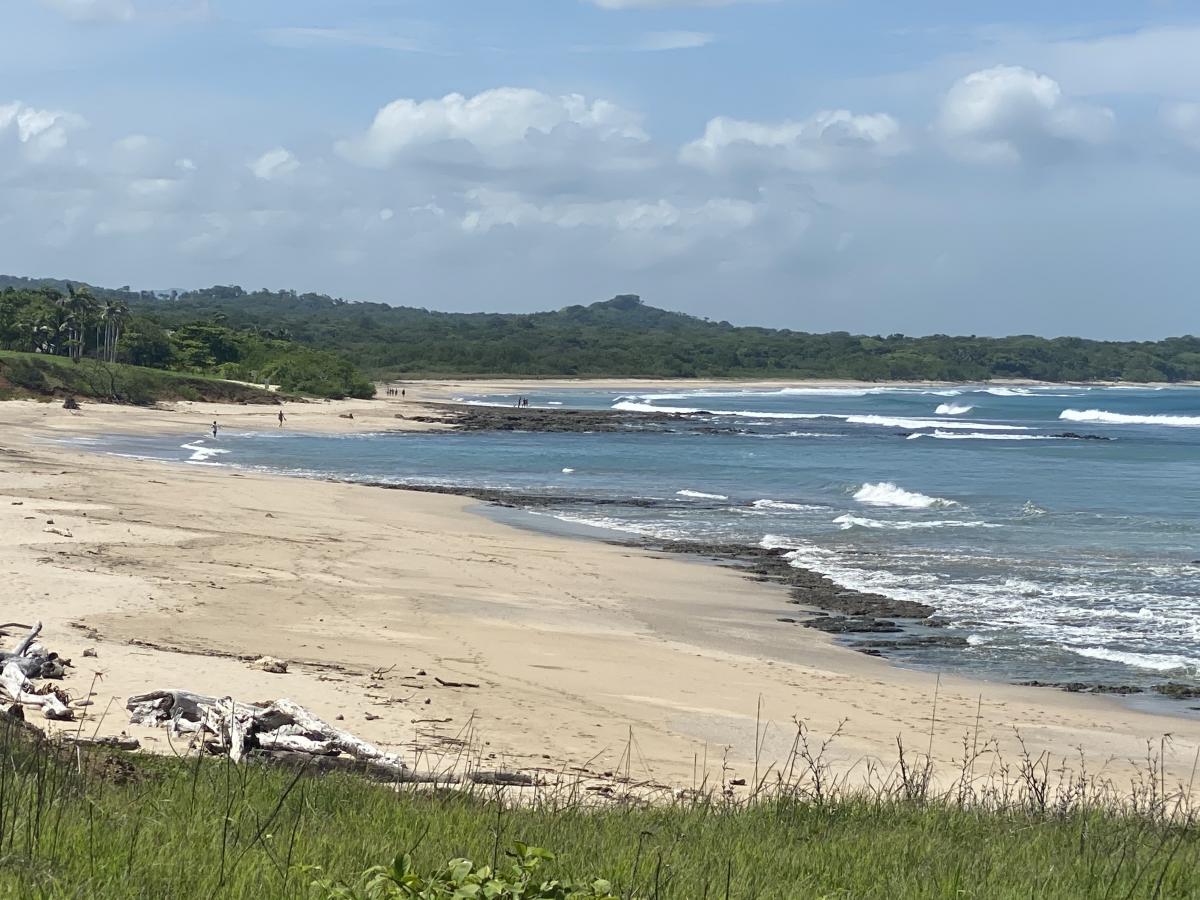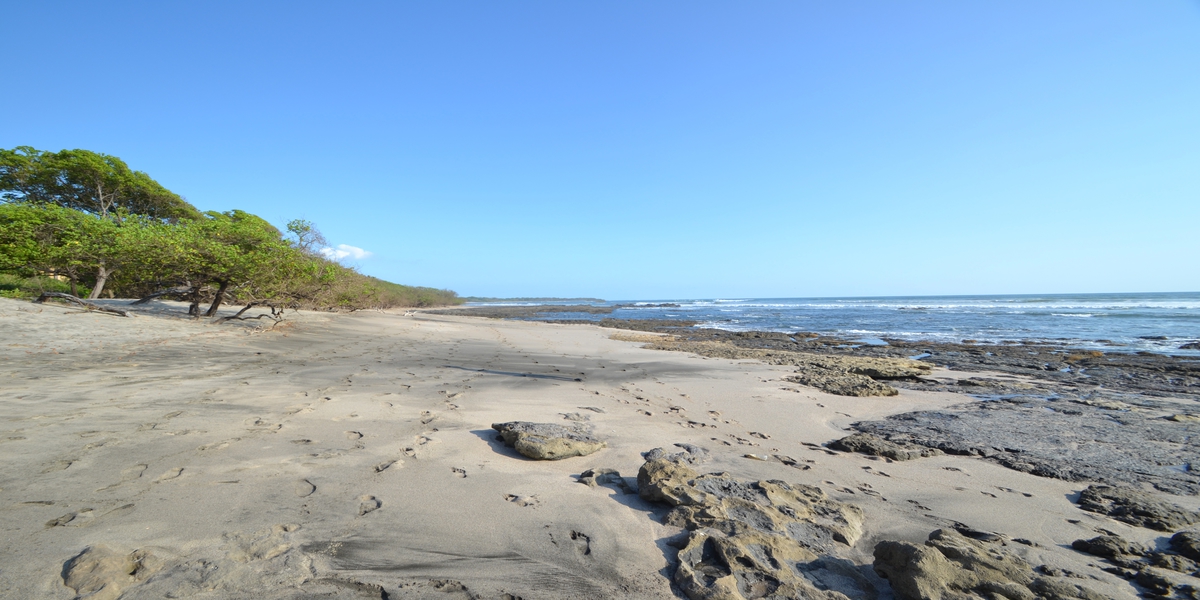 Travel to Costa Rica is returning to normal. The worst period in history for the travel industry (the COVID-19 pandemic) is rapidly being replaced by one of the largest travel booms. According to the U.S. Travel Association, a new record high—more than two-thirds of American adults--are now comfortable returning to their normal travel routine. Around 62% feel comfortable taking a vacation. Although international travel is still lower than 2019 levels, the greatest improvement has been from Latin America. That’s good news for the U.S., which has suffered cumulative losses of $645 billion due to the pandemic, and for Costa Rica, where 9% of the jobs are in tourism.
Travel to Costa Rica is returning to normal. The worst period in history for the travel industry (the COVID-19 pandemic) is rapidly being replaced by one of the largest travel booms. According to the U.S. Travel Association, a new record high—more than two-thirds of American adults--are now comfortable returning to their normal travel routine. Around 62% feel comfortable taking a vacation. Although international travel is still lower than 2019 levels, the greatest improvement has been from Latin America. That’s good news for the U.S., which has suffered cumulative losses of $645 billion due to the pandemic, and for Costa Rica, where 9% of the jobs are in tourism.
Surge in Travel to Costa Rica
Most of the travelers entering Costa Rica came from the United States—a full 80% of the total. It’s no wonder with all that Costa Rica has to offer and the easy flights. Nine airlines offer direct connections between Costa Rica and the United States: Alaska, American, Delta, Frontier, JetBlue, Southwest, Spirit, Sun Country (seasonally), and United. All U.S.-based carriers that served Costa Rica before the pandemic have resumed service, and one (Frontier) began service recently.
Costa Rica Entry Requirements Eased
The website visitcostarica.com announced that entry requirements for Costa Rica have been reduced. Costa Rica reopened its land, sea, and air borders to non-residents on November 1, 2020. No COVID testing or quarantine period has been required for entry, but all international visitors must fill out an online Health Pass within 72 hours before arriving. One form must be completed per person, including minors. An additional requirement has been travel insurance that includes coverage for COVID. The policy must be valid for the dates of the entire stay and must cover up to $50,000 for medical expenses and $2,000 for lodging expenses in case of quarantine. Effective August 1, 2021, the travel insurance requirement has been eliminated for tourists who are fully vaccinated against COVID-19. To qualify, the visitor has to be inoculated with the Moderna, Pfizer-BioNTech, AstraZeneca, or Johnson & Johnson vaccine, and the last dose of the vaccine must have been applied at least 14 days before arrival in Costa Rica. Vaccinated tourists must attach the vaccination certificate to the Health Pass, and it must include their name, date of each dose, and vaccine manufacturer. In the case of travelers from the U.S., the “COVID-19 vaccination record card” is acceptable proof. Tourists under the age of 18 are exempted from the vaccine requirement and travel insurance requirement.
What You Need to Know to Travel to Costa Rica Now
CNN just updated its guide to travel to Costa Rica during Covid-19. Here's what you'll need to know and expect. The pandemic started late and slowly in Costa Rica. The first wave hit in July 2020 and averaged about 1000 new cases daily until January 2021. Ticos enjoyed a brief reprieve in February, March, and April before the second wave arrived in May. Daily new cases climbed to 2,500, and intensive care units were so full that some critically ill patients had to wait for a bed. Since then, infections have declined to the levels of the first wave. During the pandemic, Costa Rica has seen over 400,000 cases and nearly 5,000 deaths. Costa Rica, along with Mexico, was one of the first countries in Latin America to receive vaccines in December. To date, nearly 3.2 million vaccination doses have been administered to the population of 5 million.
 What can visitors expect?
What can visitors expect?
Restrictions have been in place since the beginning of the pandemic, but they affect normal life very little. Restaurants and bars have reopened, but nightclubs, concerts, and fairs have not resumed normal operations. National parks are open, but the number of visitors is limited to 50% capacity. Beaches are open from 5 am (sunrise) until 6 pm (sunset). There is a nightly curfew from 11 p.m. to 5 a.m. when driving is not allowed except for emergencies and certain authorized activities. Driving is restricted during the day on a rotating basis depending on the last digit of the vehicle’s license plate number. The good news for tourists is that rental vehicles are exempt from the restrictions and so are trips to and from the airport.
Digital Nomads are Welcome
Digital nomads are people who use the Internet to earn a living from anywhere. Such workers often work remotely from foreign countries, and many have chosen Costa Rica as their workplace. Costa Rica recently passed a law that will grant year-long visas to nomads who meet the income requirements (average monthly of $3,000 or more), and they will have the option to extend the visa for a second year. A tourist visa is usually limited to 90 calendar days, so the new law greatly increases the period. Nomads will be able to take their family with them, and they will not be liable for income tax. Other benefits include the possibility of opening a bank account in Costa Rica and using their home country’s driver’s license during their entire stay.
What Costa Rica Offers
“Pura vida” (pure life) is a common expression and a description of the lifestyle in Costa Rica. The pandemic has not altered the vibe, so come and enjoy the relaxed pace and beautiful natural setting. Costa Rica has so much to offer whether you prefer the Pacific beaches in Tamarindo, Avellanas, and Flamingo or the mountains in the interior. Pristine beaches, volcanoes, rainforests, and an incredible array of wildlife await you.






